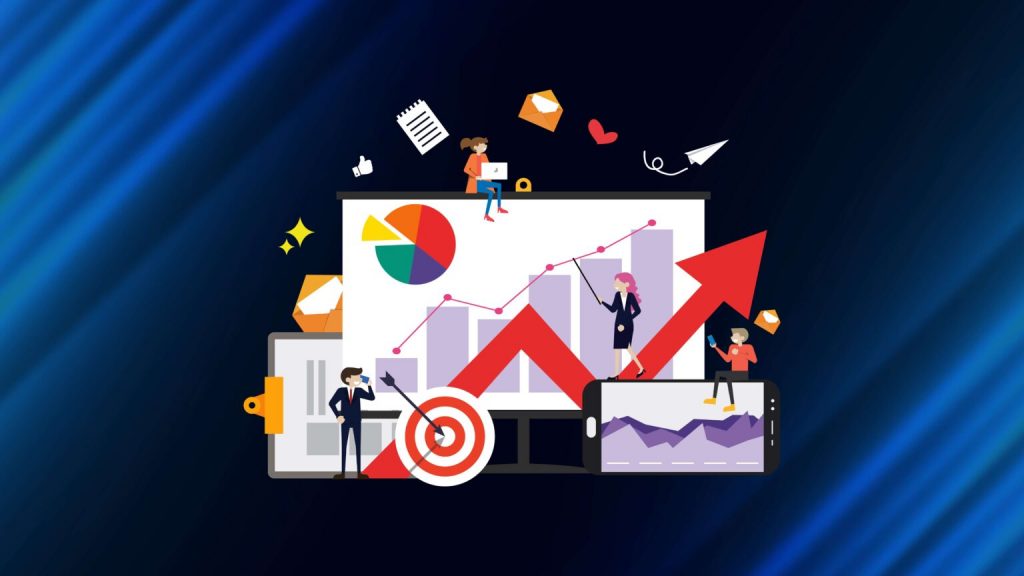How to plan your digital marketing strategy? How do I design my campaigns?
To plan your digital strategy, for each product or services, you need to have a separate plan, and we need to take care of the following:
- Who is your target audience(s) – find out all possible buyer persona, dont club them all
- What problem your customers are facing and how you are solving those – list down at least three major problems AND list down what solutions you have for the problem
- Who are your competitors – list your competitors and find what they are marketing
- What is your USP – play on your superpower, the unfair advantage
- Which channels you are using – find the mediums: search engines, social, local listing etc
- What are the key metrics – number of visitors, engagements, leads, conversions
Let’s discuss all these points in detail!
Who is your target audience(s)?
How to find them? Your target audience can be:
- Unaware of your product – they don’t know about your product or service.
- Desire your product – wishing for something, may not be a necessity.
- Want your product – something your target customer prefers, they see a use of it.
- Need your product – a lack of something wanted, here the urgency is there. Using your competitor’s product
Apart from these, you need to know what is their:
- Demography – who are they, age, married or single, male or female, parent or not etc .
- Location – where do they live or are at present
So you can reach your target audience by using these things in your audience targeting. In Facebook, it will be interest, on google, it will be keywords.
How to use the problem and solution in your strategy?
How to find them?
Problem angle:
- Find out your target audience
- List top 3 problems
- Ask a question, whose answer is ‘yes.’
- Show them the solution.
Solution angle:
- Show the solution
- Create a desire
- Educate and sell
The problem angle works best for essential products and services. And the solution angle works for the no-essential segments.
How to plan your digital marketing strategy based on competition?
Let’s see how to do it, with respect to competition.
- No competition: even if there is no competition, be sure someone will come up, meanwhile, capture the market and build a good trust so that even if a competitor comes up you are safe
- Fair competition: if there is a fair competition, dont worry, provide good service at a fair price and people will come to you
- High competition: high competition looks scary, but it also means there is a good demand of what you sell, so focus more on providing value in what you sell, price is an important factor but not the only one. You need to craft your niche here.
How to build your strategy based on your USP?
- You are a market leader – you have a big chunk of the market share? Cool, flaunt it.
- You are the only guy – be the monopoly player, but attract new customers, make them aware, and acquire more, serve them well.
- You have an edge – play on that X factor and delight your customers. In any of the cases, improve your unique selling proposition constantly.
How to find the channel to market for?
How to select the channels for your digital marketing?
Well, where to market, which channels to choose? How to decide this? Here are a few points:
- Where your customer is -The golden rule is, be where your customer is. If they are on Fb, the market in Fb, if it’s Instagram, be on Instagram.
- Where your competitor is – if you have competitors, check where they are actively advertising and be there.
- Find new platforms – find new avenues, let’s say explore quora, Pinterest, etc.
- Don’t leave any scope – be present in all the platforms, be presentable.
- Both paid and organic – don’t just depend on paid ads, leverage on organic too.
What are the key metrics for your digital marketing strategy?
How do you know your strategy is going towards the right or wrong direction? What are the key pointers?
- Audience size – based on your target audience size you can forecast how many you are going to capture from that
- Demand – are they searching for your product and services? Is there a demand? How your competitors are doing?
- Funnel layer-wise conversion ratio – conversion ratio between reach to engagement, engagement to leads, and leads to conversion
- ROI – return on investment
- Rating and reviews – feedback is important, are people giving feedback, and how are they?


